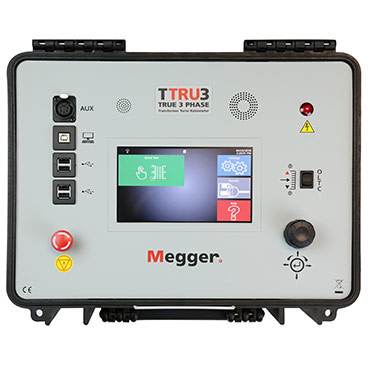
After Dapr is installed, you can begin using the bindings API starting with the input bindings how-to guide. You can try out the bindings building block directly in your application to invoke output bindings and trigger input bindings. Want to skip the quickstarts? Not a problem. Start using bindings directly in your app
#Masstransit vs dapr how to#
Work with external systems using input bindings to respond to events and output bindings to call operations.ĭemonstrates how to use Dapr to create input and output bindings to other components. Want to put the Dapr bindings API to the test? Walk through the following quickstart and tutorials to see bindings in action: Quickstart/tutorial Try out bindings Quickstarts and tutorials Read the Use output bindings to interface with external resources guide to get started with output bindings.

Use the HTTP endpoint or gRPC method to invoke the binding with an optional payload.Define the component YAML that describes the binding type and its metadata (connection info, etc.).An optional payload and metadata can be sent with the invocation request. With output bindings, you can invoke external resources. Read the Create an event-driven app using input bindings guide to get started with input bindings.

If the application wants to subscribe to the binding, Dapr expects a status code of 2xx or 405. On startup, Dapr sends an OPTIONS request for all defined input bindings to the application.

Enable Dapr tracing for your application.Dapr extension for Azure Kubernetes Service (AKS).How-To: Manage configuration from a store.How-To: Share state between applications.


 0 kommentar(er)
0 kommentar(er)
